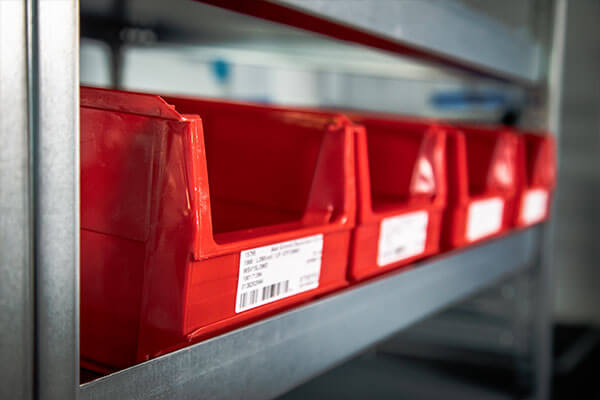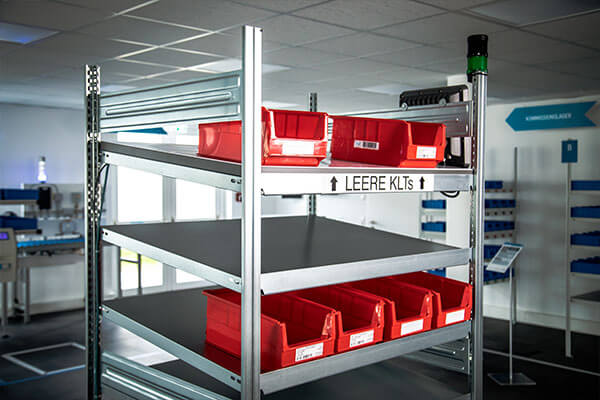The Kanban System—Optimal Replenishment Management
From time-eater to profit-maker: downtimes in production or in the warehouse, time lost in processing orders, or even high stock levels—these tie up a lot of capital. There are enormous consequences if material supply is not continually ensured. The solution is a well functioning Kanban system. But what exactly is that? What constitutes a Kanban system and according to which principle does it work?
The term Kanban
“Kanban” is actually a Japanese word that means something like card, receipt, or container. Kanban was developed by Taiichi Ohno in 1947, who was inspired by the principle of shopping as a way to control material flow in production more flexible and efficiently.When manual Kanban is used, the missing quantities are manually taken from the upstream material store and refilled independently in the production stage.
For production in which processes are controlled by a Kanban, the following applies: production may only take place if there is a Kanban available for it. This system is known as demand-oriented pull control. The process is supported by self-regulating control loops. These ensure that the material flow is constantly guaranteed.




